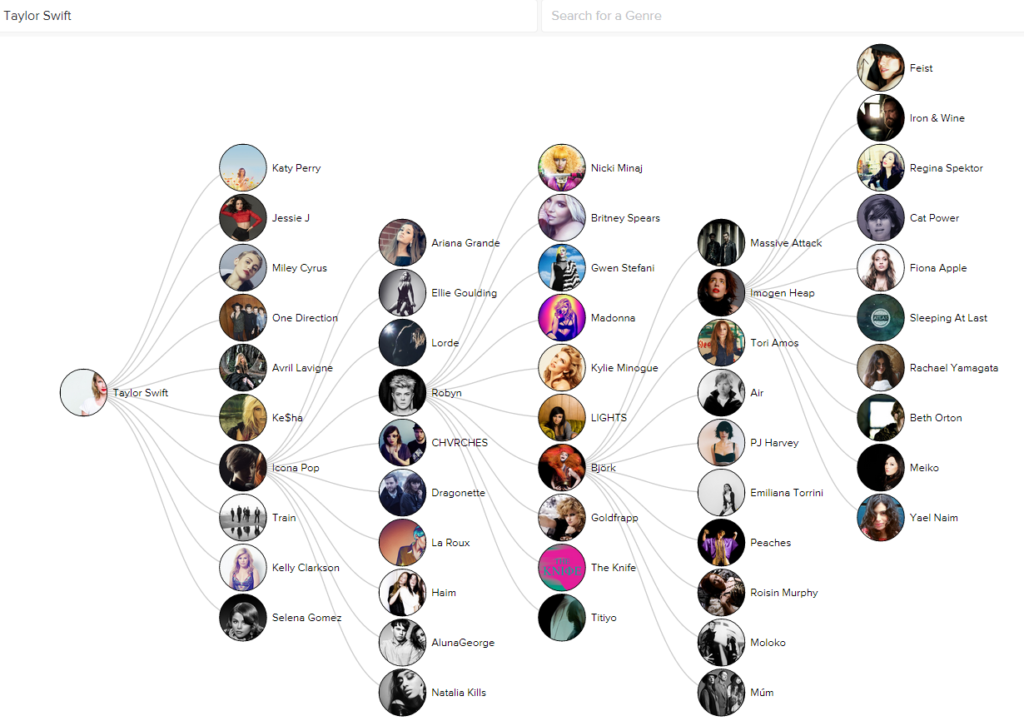
What Is The Conversation of Humankind?
We are social beings. We learn from imitation and dialog. Hence, it’s no surprise that people develop new ideas by talking with others and by reading the works of other people.
In its Information Literacy Framework, the ACRL (Association of College and Research Libraries) conceptualizes knowledge as a form of conversation: rather than considering knowledge to be a static entity — something you might look up in an archive or a corpus — the ACRL suggests that knowledge knowledge is constantly evolving:
“Instead of seeking discrete answers to complex problems, experts understand that a given issue may be characterized by several competing perspectives as part of an ongoing conversation in which information users and creators come together and negotiate meaning. Experts understand that, while some topics have established answers through this process, a query may not have a single uncontested answer. Experts are therefore inclined to seek out many perspectives, not merely the ones with which they are familiar. These perspectives might be in their own discipline or profession or may be in other fields. While novice learners and experts at all levels can take part in the conversation, established power and authority structures may influence their ability to participate and can privilege certain voices and information. Developing familiarity with the sources of evidence, methods, and modes of discourse in the field assists novice learners to enter the conversation. New forms of scholarly and research conversations provide more avenues in which a wide variety of individuals may have a voice in the conversation. Providing attribution to relevant previous research is also an obligation of participation in the conversation. It enables the conversation to move forward and strengthens one’s voice in the conversation.”
(ACRL, Framework, n.p.)
This insight by the ACRL that knowledge-making is a dialogic process — an ongoing dialog — has a robust history. In 1159,
Bernard of Chartres used to say that we [the Moderns] are like dwarves perched on the shoulders of giants [the Ancients], and thus we are able to see more and farther than the latter. And this is not at all because of the acuteness of our sight or the stature of our body, but because we are carried aloft and elevated by the magnitude of the giants (Bernard of Chartres, as cited in “Standing on the Shoulders of Giants,” 1992).
In 1675, five hundred years later, whether by choice or accident, Isaac Newton wrote
“If I have seen further it is by standing on the shoulders of Giants” (Isaac Newton, as cited in “Standing on the Shoulders of Giants,” 1992).
Kenneth Burke, a rhetorician, extended this metaphor when he suggested writers should consider scholarship to be an unending conversation. Commonly called the parlor metaphor, Burke invited writers to consider the act of writing to be deeply social and iterative:
Imagine that you enter a parlor. You come late. When you arrive, others have long preceded you, and they are engaged in a heated discussion, a discussion too heated for them to pause and tell you exactly what it is about. In fact, the discussion had already begun long before any of them got there, so that no one present is qualified to retrace for you all the steps that had gone before. You listen for a while, until you decide that you have caught the tenor of the argument; then you put in your oar. Someone answers; you answer him; another comes to your defense; another aligns himself against you, to either the embarrassment or gratification of your opponent, depending upon the quality of your ally’s assistance. However, the discussion is interminable. The hour grows late, you must depart. And you do depart, with the discussion still vigorously in progress.
(Burke, Kenneth. The Philosophy of Literary Form. Berkeley: University of California Press, 1941. 110-11)
Most recently, Google put an explanation point on this metaphor by adopting it as the motto for Google Scholar:
“Stand on the shoulders of Giants” (Google, as cited in “Standing on the Shoulders of Giants,” 1992).
In life, we invariably enter, participate in, and leave many recurring situations and conversations.
In today’s information-rich environment, it’s strategic to begin with a literature review of a topic. This approach helps you understand what’s already known about a topic, grounding your work in existing knowledge and conversations. It’s a fundamental step for anyone who is beginning to investigate a new subject, especially for college students navigating academic research.
Whenever you communicate you are engaging in a conversation. Some conversations ysof you will leave a conversation before others. Some will graduate and begin their careers and never read scholarship in their field again. But others will go on to graduate school to specialize in a specific field, and they may become important voices in their conversations, voices that many others respect and acknowledge. By recognizing this aspect of source use early in your academic careers, you become more expert in your fields as you learn what questions are important right now in your discipline’s scholarship. Each of you should take at least that step in college: visit the parlor you are interested in and eavesdrop. You may never speak (i.e. publish your own research), but you will know more about your field than those who never open the door.
In other words, we do not come to new texts, new rhetorical situations, as newborns. Instead, our reactions to those situations and topics are shaped by by what we’ve read and experienced. Sometimes we cannot exactly trace the texts that have shaped our thoughts and actions. For instance, in the infographic below, Lauren Wallis used Spotify’s Artist Explorer to view a map of artists whose music seems to evolve from Taylor Swift. Here this is intuitive and not really a map that would hold up in intellectual-property court. But it does give a sense of how genre and scholarly conversations (musical themes) evolve.

While we may not be able to identify all of the people who have shaped our thinking on a topic, we must be careful to cite those whose words and ideas we consciously employ (see Research Has Value).
For writers, the takeaway here is that citation matters. By being explicit about the sources that inform your efforts to communicate, you ground your work in ways that help your readers understand their authenticity and timeliness.
Information Literacy, Rhetoric, and Genres
Please note that the Scholarship of Conversation Framework proposed by the ACRL is deeply intertwined with Rhetoric and Genre. This is not surprising because mastery of language and communication is invariably rhetorical and social.
When rhetors enter a rhetorical situation, they are guided by aims (e.g., to persuade users to support a proposal). They assess the rhetorical situation (e.g., consider audience, purpose, voice, style) to more fully understand the situation and the motives of stakeholders. They question whether they have come across this situation before, whether it calls for a particular genre, and whether their past responses to the recurring situation may work once again or if they need to conduct some additional research to investigate what is now known about the topic, what’s disputed, and what new research methods investigators are employing.
References
Burke, K. (1941). The philosophy of literary form. University of California Press.





















